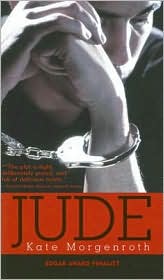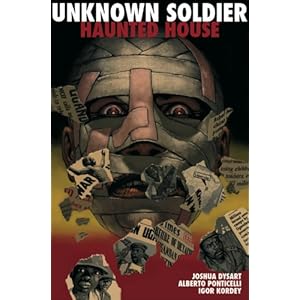
Have you ever watched someone you love walk a dangerous path? A frustrated Frankie Torres Towers is watching his older brother, Steve, becoming more aggressive and irresponsible as he chooses to run with the cholos, a local group of thugs, putting his soccer scholarship at risk and causing tension at home between Frankie, Steve, and their parents. Briefly, Frankie benefits socially from his brother’s new affiliation as he pursues his childhood love interest, Rebecca Sanchez, and butts heads with romantic competitor and local bully, John Dalton. But the plot climaxes as Frankie is forced to choose between gaining the respect of Steve and the cholos and maintaining his own integrity and budding romance with Rebecca. Although the plot is heavily tied to the New Mexican setting, the novel’s themes of friendship, family, first love, violence, loyalty, brotherhood, and peer pressure are universal. This coming-of-age tale has also been selected by the American Library Association as a Great Stories Club book.
Voorhees, Coert. The Brothers Torres. New York: Hyperion Books, 2008.
































